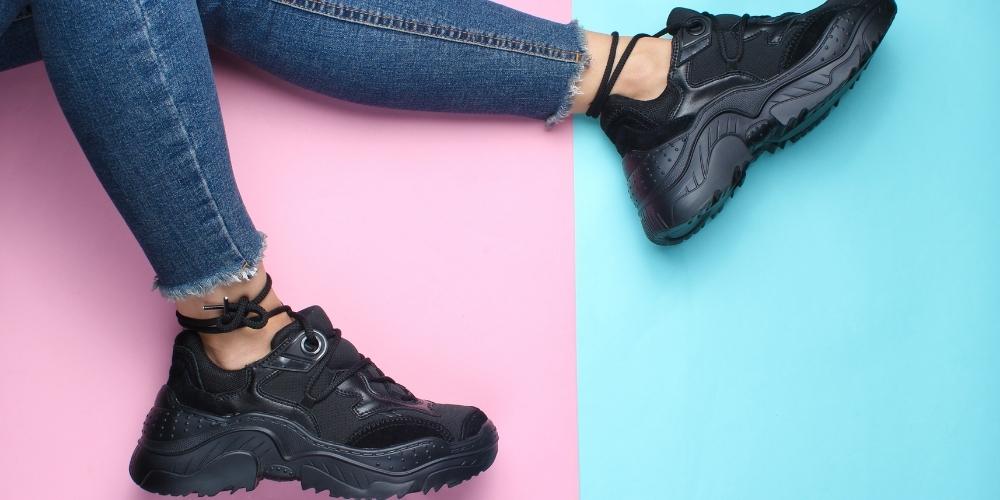
The Science Behind Rubber Shoes
Mar 24 , 2022
Tags - Rubber Shoes
Rubber is a very misunderstood material.
We don't know a lot about it, yet it's everywhere from pencil erasers to the soles of shoes.
There is a reason that rubber shoes are so popular.
Not only do they provide comfort and stability, but they also offer protection against the elements.
But what makes rubber shoes so effective? And how do they work?
In this blog post, we will take a closer look at the science behind rubber shoes.
What is Rubber?
Many people assume that rubber comes from materials similar to plastic, but it is in fact a very natural product.
Rubber is made from tapping hevea brasiliensis, also known as rubber trees.
To put it simply, trees are cut down and the milky white runoff is collected in buckets in a method identical to that of tapping maple syrup.
The source material for this product is latex, the substance that makes doctor's gloves and other more invasive goods.
Then the natural proteins in the latex are destroyed using heat treatment to turn it into rubber.
As a result, we get sheets of a bouncy, durable, golden substance with great shock absorbency. The rubber will not be processed further if these sheets are to be used as crepe soles.
These soles have made their way to trainers, such as the Sneaker Freaker x Puma "Bunyip" replacing the typical injection moulded polyurethane bottoms of most sneakers.
However, these are uncommon because, while they are robust and long-lasting, they are also very heavy.
Why Use Rubber Soles on Shoes?
Rubber is most commonly associated with trainers and sports shoes because it is a flexible, yet sturdy and waterproof material.
Plus, rubber can be moulded to any design, which has revolutionised how shoes designs today: you can create soles that grip well without adding studs.
However, on the whole, the majority of trainers made worldwide have been replaced by plastics and other synthetic materials, mainly because they're easier and cheaper to source, and they're much lighter in weight.
Lastly, as rubber comes out of the tree white, pigment can easily be added to make it fit the style of the shoe - i.e. you wouldn't necessarily have to have "gum" coloured soles on black trainers.
Why Are Rubber Soles Better?
For almost the entire history of shoes, soles were made from leather.
Actually, most shoes today are still soled from leather, specifically dress shoes.
The major advantage of wearing leather-soled shoes is that they are more pleasant to wear in the summer as they allow your feet to breathe.
The first rubber-soled shoes didn't appear until the late 1890s, yet the first genuine trainers emerged in 1917.
Rubber-soled footwear is suitable for all seasons: whether you are walking on a wet pavement or on snow-covered streets, shoes with rubber soles will provide better traction on wet surfaces, and there's a lower chance of slipping.
Moreover, when you walk in rubber soled shoes, you don't feel the pavement's hardness thanks to more shock absorption, which means less pressure on the rest of your body.
Finishing Thoughts
A good quality rubber sole is very robust and durable, and will last a thousand miles.
Rubber is also quite resistant to the elements, making it ideal for everyday use by people who go to work or travel in all kinds of conditions.
All in all, a rubber sole will usually add a degree of chunkiness to the shoe's profile, making it appear more casual.
In other words, rubber is commonly used in trainers because it is light, and this synergy with sports gives rubber a more casual feel when worn with formal shoes.
For more information, please get in touch today.
In the meantime, take a look at our full range of comfortable shoes here.
You may also like:
